Vijay Agneeswaran
High Significant Fault Detection in Azure Core Workload Insights
Apr 14, 2024



Abstract:Azure Core workload insights have time-series data with different metric units. Faults or Anomalies are observed in these time-series data owing to faults observed with respect to metric name, resources region, dimensions, and its dimension value associated with the data. For Azure Core, an important task is to highlight faults or anomalies to the user on a dashboard that they can perceive easily. The number of anomalies reported should be highly significant and in a limited number, e.g., 5-20 anomalies reported per hour. The reported anomalies will have significant user perception and high reconstruction error in any time-series forecasting model. Hence, our task is to automatically identify 'high significant anomalies' and their associated information for user perception.
Detecting Concept Drift in the Presence of Sparsity -- A Case Study of Automated Change Risk Assessment System
Jul 27, 2022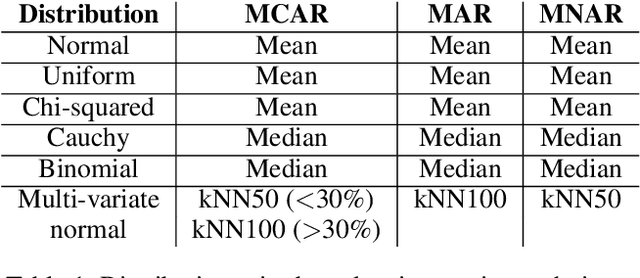

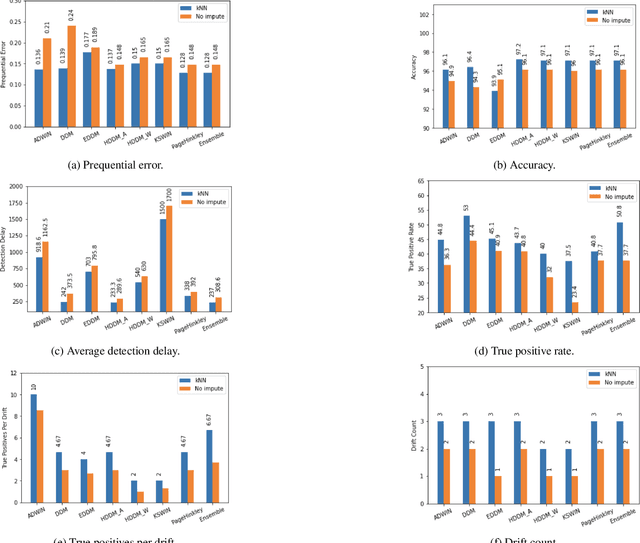
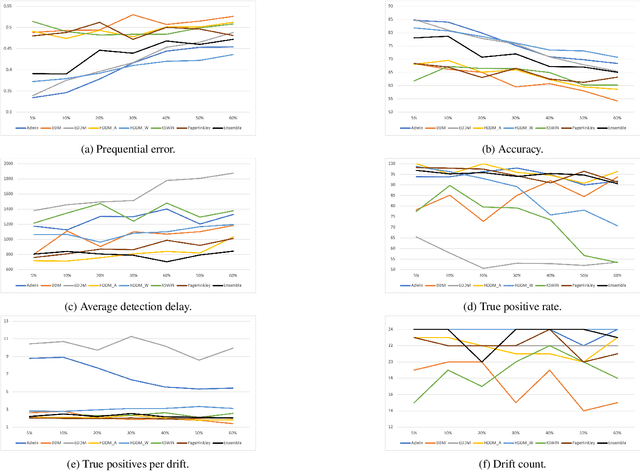
Abstract:Missing values, widely called as \textit{sparsity} in literature, is a common characteristic of many real-world datasets. Many imputation methods have been proposed to address this problem of data incompleteness or sparsity. However, the accuracy of a data imputation method for a given feature or a set of features in a dataset is highly dependent on the distribution of the feature values and its correlation with other features. Another problem that plagues industry deployments of machine learning (ML) solutions is concept drift detection, which becomes more challenging in the presence of missing values. Although data imputation and concept drift detection have been studied extensively, little work has attempted a combined study of the two phenomena, i.e., concept drift detection in the presence of sparsity. In this work, we carry out a systematic study of the following: (i) different patterns of missing values, (ii) various statistical and ML based data imputation methods for different kinds of sparsity, (iii) several concept drift detection methods, (iv) practical analysis of the various drift detection metrics, (v) selecting the best concept drift detector given a dataset with missing values based on the different metrics. We first analyze it on synthetic data and publicly available datasets, and finally extend the findings to our deployed solution of automated change risk assessment system. One of the major findings from our empirical study is the absence of supremacy of any one concept drift detection method across all the relevant metrics. Therefore, we adopt a majority voting based ensemble of concept drift detectors for abrupt and gradual concept drifts. Our experiments show optimal or near optimal performance can be achieved for this ensemble method across all the metrics.
Look Before You Leap! Designing a Human-Centered AI System for Change Risk Assessment
Aug 18, 2021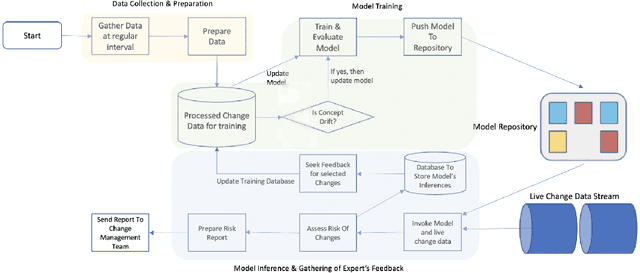

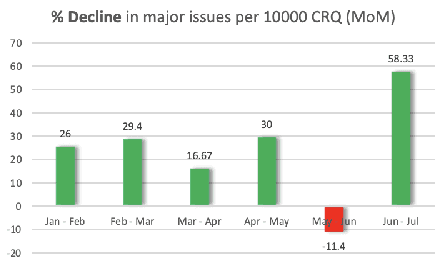

Abstract:Reducing the number of failures in a production system is one of the most challenging problems in technology driven industries, such as, the online retail industry. To address this challenge, change management has emerged as a promising sub-field in operations that manages and reviews the changes to be deployed in production in a systematic manner. However, it is practically impossible to manually review a large number of changes on a daily basis and assess the risk associated with them. This warrants the development of an automated system to assess the risk associated with a large number of changes. There are a few commercial solutions available to address this problem but those solutions lack the ability to incorporate domain knowledge and continuous feedback from domain experts into the risk assessment process. As part of this work, we aim to bridge the gap between model-driven risk assessment of change requests and the assessment of domain experts by building a continuous feedback loop into the risk assessment process. Here we present our work to build an end-to-end machine learning system along with the discussion of some of practical challenges we faced related to extreme skewness in class distribution, concept drift, estimation of the uncertainty associated with the model's prediction and the overall scalability of the system.
 Add to Chrome
Add to Chrome Add to Firefox
Add to Firefox Add to Edge
Add to Edge